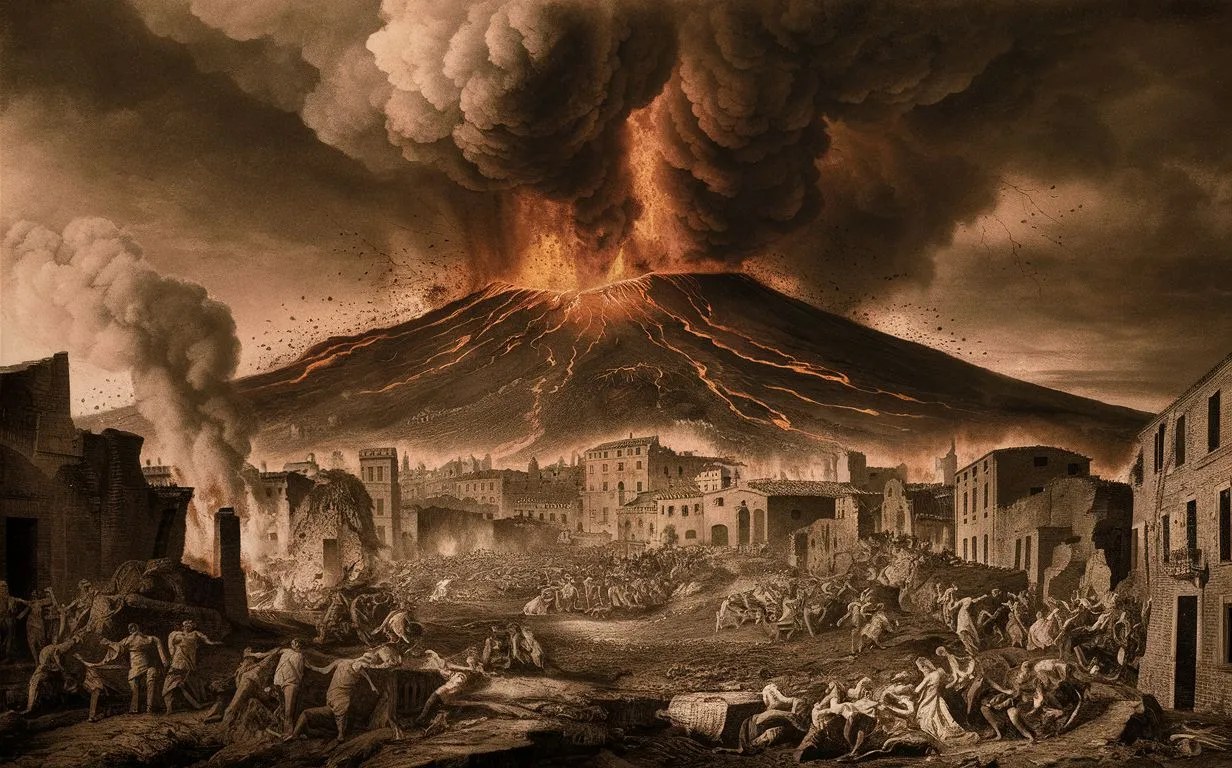Pompeii: evidence of over 200 survivors from the eruption of Mount Vesuvius
Follow us on Google News (click on ☆)

Contrary to popular belief, the destruction of Pompeii and Herculaneum was not absolute. Many objects, such as carts and horses, are absent from the remains, suggesting that some inhabitants managed to escape in time. The human remains found represent only a small fraction of the initial populations of these cities.
The archaeologist behind this research developed a methodology to identify the survivors by focusing on unique Roman names specific to Pompeii or Herculaneum. After years of meticulous searches through databases of Roman inscriptions, he discovered evidence of over 200 survivors dispersed across 12 cities.
The surviving families often regrouped, settling in nearby cities such as Ostia and Puteoli. Some families, like the Caltilii and the Munatii, thrived and integrated into new communities, building grand temples and tombs.
However, not all survivors were as fortunate. Poor families, such as the Avianii and the Atilii, found refuge in modest communities like Nuceria. These migrants often showed generosity, helping other survivors and contributing to the religious and civic institutions of their new towns.
The example of reconstruction after the eruption of Mount Vesuvius offers a valuable lesson for modern disaster management. The survivors were not marginalized or forced to live in refugee camps. Instead, they were integrated and supported by local governments and the emperor, allowing for a swift and effective renaissance of the communities.